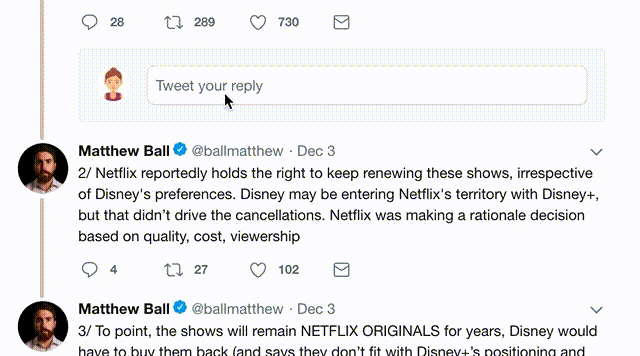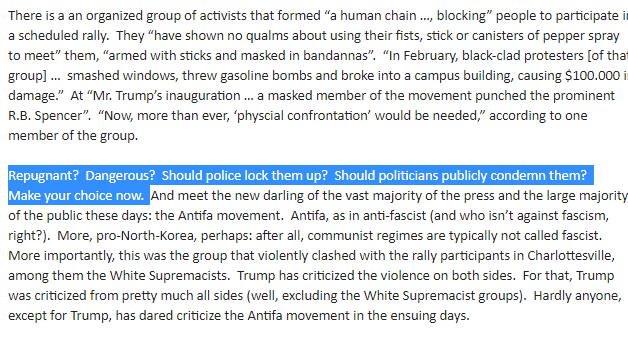The economy is still in a massive hole, but we're crawling back out. The problem is that the pace of improvement has slowed to a crawl.
March -1.3 million
April -20.8 million!
May +2.7 million
June +4.8 million
July +1.8 million
We lost 22 million jobs at the outset of this thing.
We've since recovered 9 million jobs.
More than half of the dramatic job loss remains.
In levels: It's terrible, probably worse than at any point in the post-war period.
In changes: It's recovering, and doing so at historically rapid rates.
Second derivative: The recovery is stalling.
My concern is that the longer this drags out, the more that "temporary" layoffs become permanent, and what should have been a brief shutdown has longer-run consequences.
Some of the real-time indicators that we've seen since (Census Pulse, consumer spending, ongoing jobless claims) have continued to move sideways or down.
We need to beat the bug to truly recover.
We'll need a lot more of this in order to return to normal.
Why? It's a simple indicator of the effects of the temporary virus-related suppression on the labor market. Dentists all shut down for a while, and how they're nearly all back as they work through the backlog.
1. The economy is bad.
2. The economy is recovering.
3. The recovery is stalling.
And all of this is so dramatic that it's a post-war record level of bad, a post-war record rate of recovery, and a post-war record stall.
That's easy. It all depends on the virus.
Rapid suppression => Resume a rapid recovery.
Ongoing muddling => Tepid recovery.
Rising covid risks => The recovery ends.
They've agreed to touch base by phone to see whether it's worth continuing negotiations.
nytimes.com/2020/08/06/bus…




